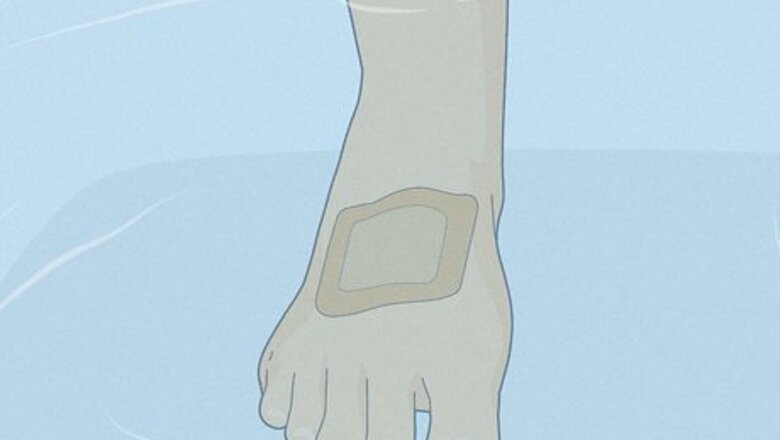
views
Weakening Bandage Adhesive
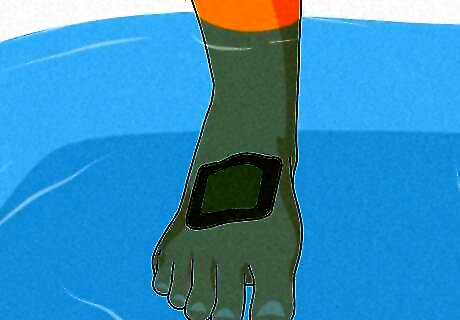
Soak the bandage in water. Exposure to water weakens a bandage's adhesion to the skin. So, try soaking the bandage in the bathtub for a few minutes to loosen the adhesive strength. Alternatively, apply a wet compress (such as a clean cloth soaked in warm water) to the bandage and wait for it to soak through. Taking a 15- to 20-minute bubble bath can also help loosen the adhesive.
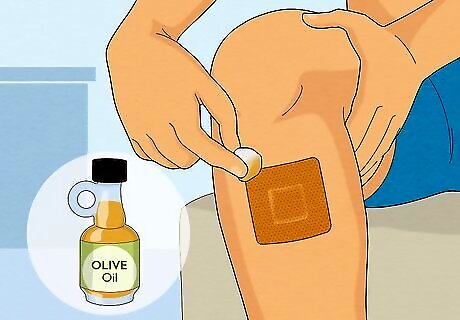
Use oils, soaps, creams, or lotions to weaken and lubricate the adhesive. Use a cotton ball, cotton swab, or your finger to massage the product into the adhesive areas of the bandage. Work it in and allow it to saturate those areas of the bandage. Peel a corner of the bandage up to see if the adhesion has weakened. If so, peel away the rest of the bandage in one quick motion. If not, keep working in the oil or soap. People swear by different products—olive oil, petroleum jelly, baby shampoo, baby oil—but the process is similar regardless. Try different variations and see what works best for you and your family. For kids, try adding food coloring to baby oil so that you can “paint” the mixture onto the bandage with cotton swabs.
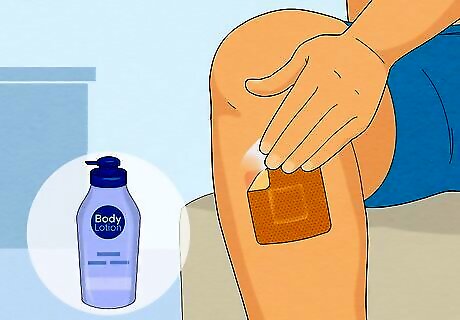
Lubricate extra-sticky bandages even more. Instead of yanking off a stubbornly-stuck bandage quickly, weaken the adhesive as mentioned in the last step, peeling up a corner, and then applying moisturizing lotion to the contact point between the skin and bandage.
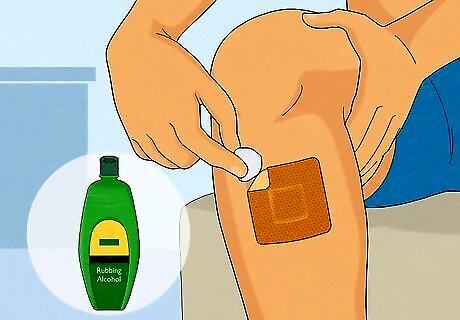
Dissolve the adhesive with rubbing alcohol. Use the lubricating technique with rubbing alcohol. The adhesive should slowly but surely dissolve, and any adhesive remaining on the skin can be rubbed away with the saturated cotton ball or swab. There are also adhesive removal products marketed for bandage removal. Check medical or surgical supply stores if they’re not available at your drugstore.
Applying Bandages Properly
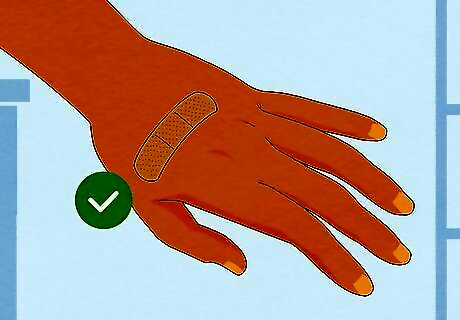
Put on a bandage even if removing it will be difficult. Some believe that letting a small cut “air out” and scab over is better than putting on a bandage; however, this isn’t the case. Small wounds heal better in a moist environment, where blood vessels regenerate faster and inflammation-causing cells multiply more slowly. So, preventing scab formation by putting on a bandage aids may help the healing process. There is some debate on this topic; however, experts recommend putting on a bandage if your wound is in an area that’ll get dirty (such as your hand).
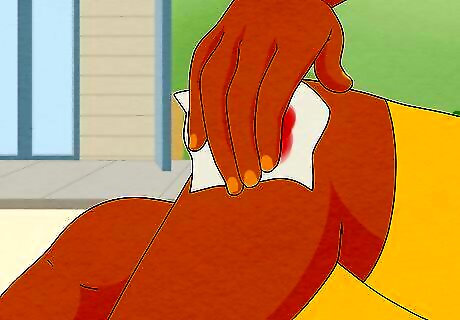
Prepare wounds properly for bandaging. Sometimes, the worst part of pulling away a bandage is dried blood and scabbing being pulled away. Proper preparation can make this less likely, so follow these general tips before putting on the bandage: Stop the bleeding of a minor cut or scrape by applying pressure with gauze, a paper towel, a clean cloth, etc. Apply gentle pressure for up to 15 minutes until the bleeding has stopped. Rinse the area with clean water and gently clean the wound with soap and water, then pat dry with a clean cloth. Avoid using hydrogen peroxide to clean a wound, as hydrogen peroxide and iodine can irritate an injury. For a large cut or wound, an excessively dirty wound, or a wound that won't stop bleeding, get medical help.
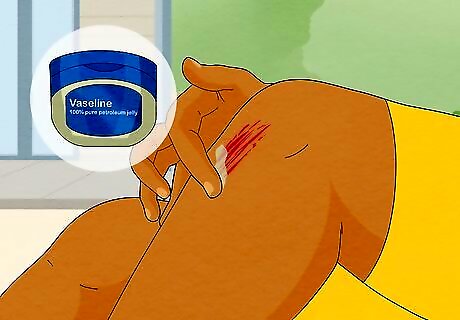
Consider moistening the wound to stop sticking. Antibiotic ointments can help keep the wound moist and make sticking less likely upon bandage removal. Apply an ointment or petroleum jelly to the wound before putting on the bandage.
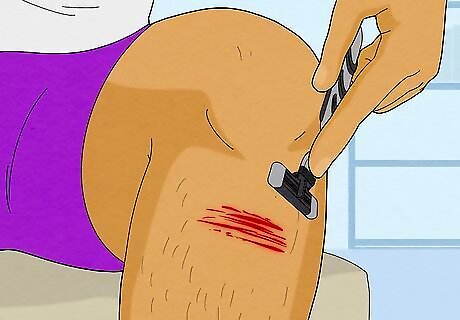
Get out your razor, if necessary. If you need to apply a bandage to a hairy area, you may want to prevent the inevitable pain of the bandage being stuck to your hair by removing the hairs first. Use warm water and a fresh, clean razor, and avoid shaving over the wound itself. To avoid patchy hairless spots, try other bandage removal tricks before resorting to this step.
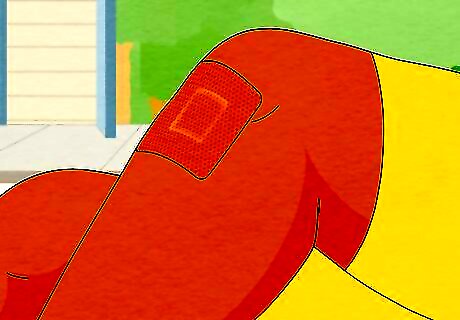
Cover the wound with a bandage. Choose a bandage large enough so the pad (the part that isn't sticky) covers the entire wound with a little room to spare. Try not to touch the pad when applying to reduce infection chances. When wrapping a bandage around a finger (or a larger bandage wrapped around an arm or leg), make it tight enough to stay in place and prevent a gap between the pad and the wound, but not so tight that it hampers blood flow. If your finger tingles or turns purple-ish, it's too tight. Apply a new bandage if the old one gets dirty or saturated with water.


















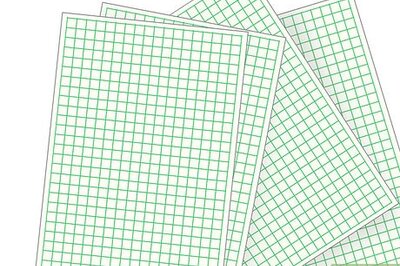
Comments
0 comment